Filipinos are pretty amazing when it comes to coping up from
tragic happenings. Well, the world always love to see how Filipinos stand out
and despite everything that happens in a not-so-good-way, we are still able to
wear that upward curve on our faces, which we opened called SMILE. Yeah, being
optimistic and having a positive vibes bestowed on us we are able to move
forward and be successful.
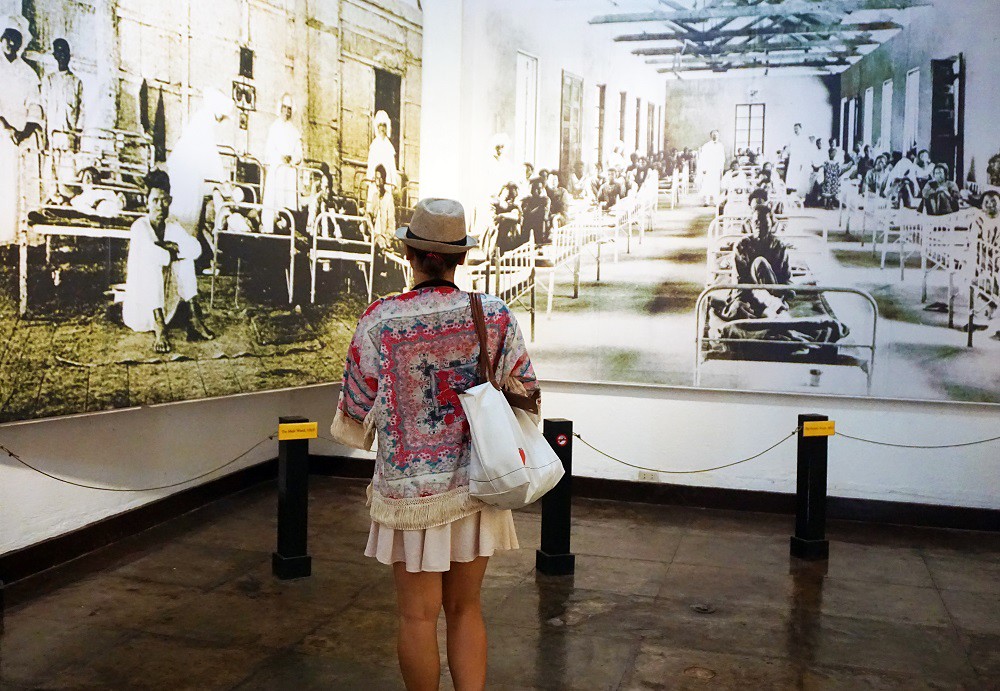 |
| OOTD - Cardigan from Sheinside; skater skirt from TDPClothingShop (on IG); Longchamp Le Pliage bag in white; hat bought from my trip in Pangasinan for only P80; one-piece swimsuit from Nudo Swimwear |
Right after after our quick refreshments at Tabing
Dagat Lodging House and Restaurant, we headed to Church of Immaculate
Conception, it is only 2 minute ride from Tabing Dagat. Church of Immaculate
Conception was built on 1746 during the Spanish colonial period. It’s been
existing for centuries and yet the history still remains on its pillars and original
coral rock walls. It is located within the quadrilateral of Fort Culion which
was built in 1683 by Fatjer Juan de Severo and renovated in 1740.
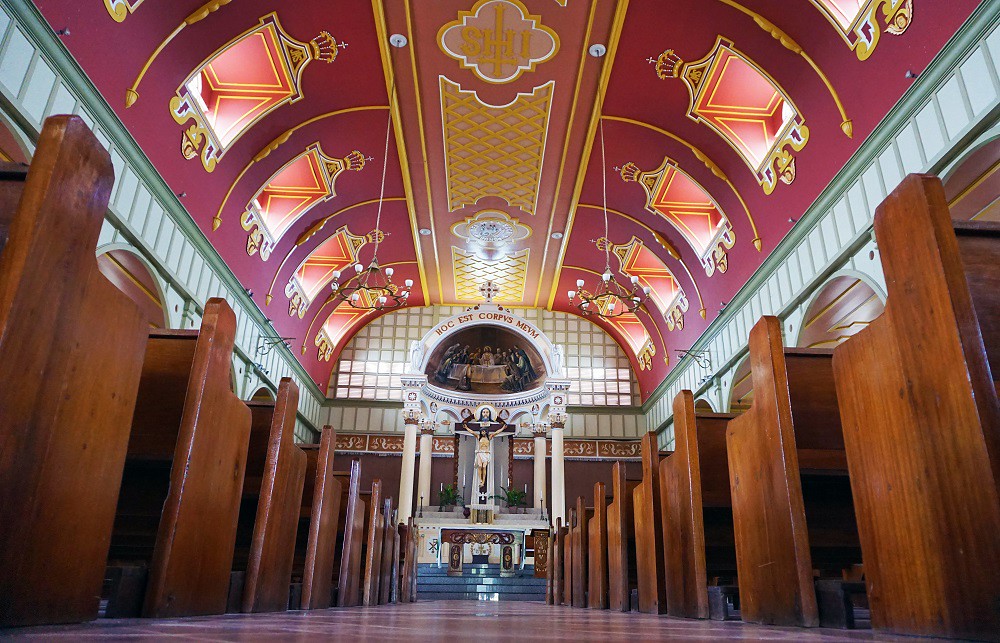 |
| Immaculate Conception Church |
Though, the interior inside The Church of Immaculate Conception is quite modern due to
renovation it undergone throughout the years which included the ceiling. But
way back then, the ceiling was painted by the leper patient Ben Amores in 1978
despited of being handicapped. He had brushes tied to his arms and was lifted
up and down to paint it based on the design of Jesuit Father Javier Olazabal.
Though, in 2003, Jesuit Fr. Gabriel Gonzalez initiated the restoration and
renovation of the church. It also serves as a sign of coping and standing up to
a brighter future.
Meanwhile, at the back of the church there’s a Fort Culion where you can overlook some part of the town Culion and a stunning view of the ocean, its infinity. There’s a lighthouse which used to be a defender during the Spanish era with two cannons – 1 from the left and 1 from the right. In addition to that, part of the wall remains of Fort Culion are can be noticeable seen at the back of the church sanctuary.
See also: Transfiguration of our Lord Parish
More so, I couldn’t imagined what life had been during the 19th
century in Culion, Palawan, PH the
time it became a leprosarium. The Culion Leper Colony was established by the US
government in order to rid leprosy from the Philippines islands through the
only method known at the time, it is to isolate all existing cases and
gradually phasing out the disease from the population.
Aside from segregating
the disease from the rest of the population, the island was later established
in order to offer a better opportunity for people afflicted with leprosy to
receive adequate care and modern treatments. During those days, Culion also had
its own government and also had their own currency. Yeah, because it was an
isolated place they’d to barter what the island could offer to its people.
See also: Basilica de San Martin de Tours
See also: Basilica de San Martin de Tours
Gee… knowing its history was such a goosebumps through watching the video compiled by the Culion
Museum and Archives. I can feel the pain of every patient, I can hear the
cries and yet they still managed to give their best smile despite the pain they
were carrying when there’s a camera. I salute each and every one of them, for
being brave to be one’s hope.
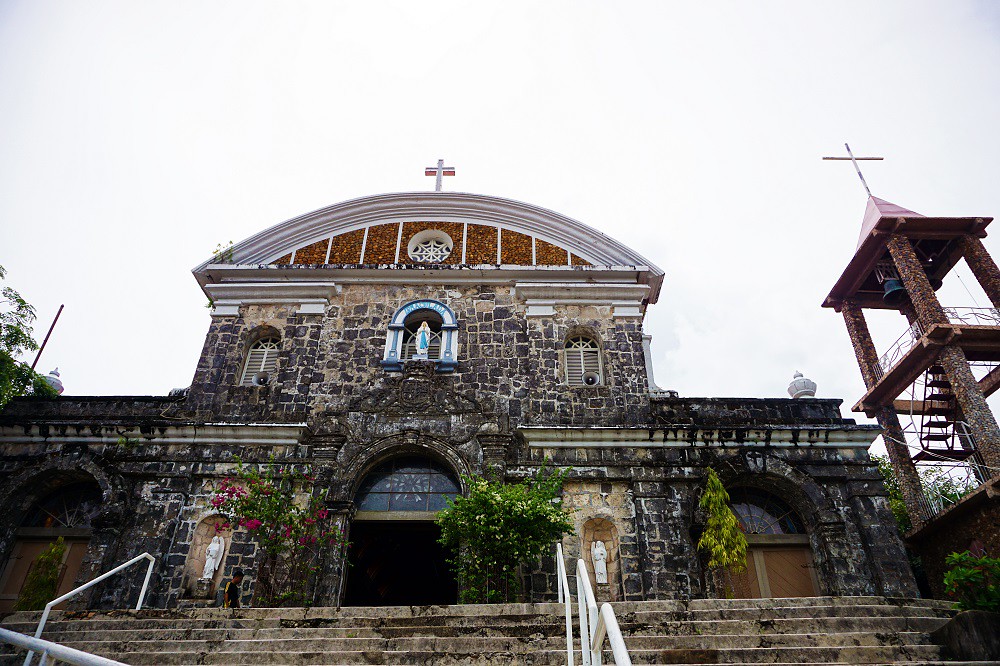
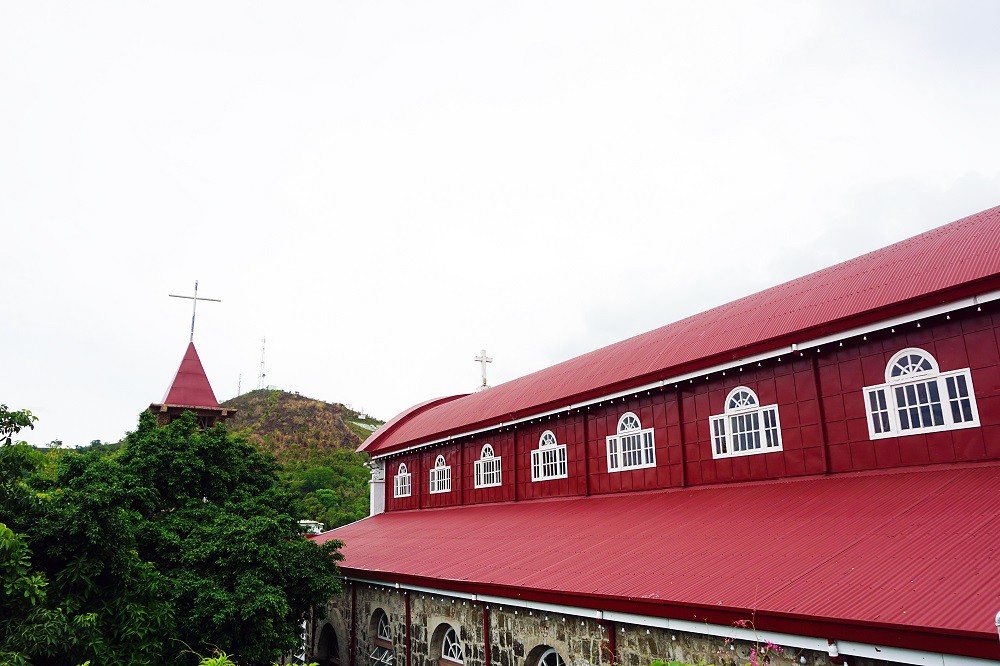
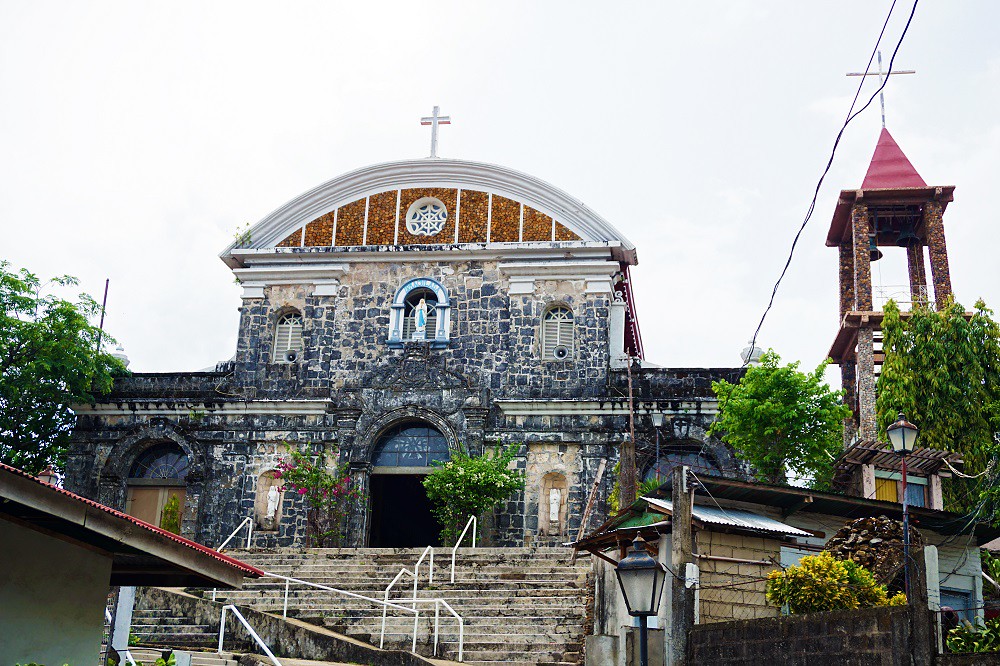
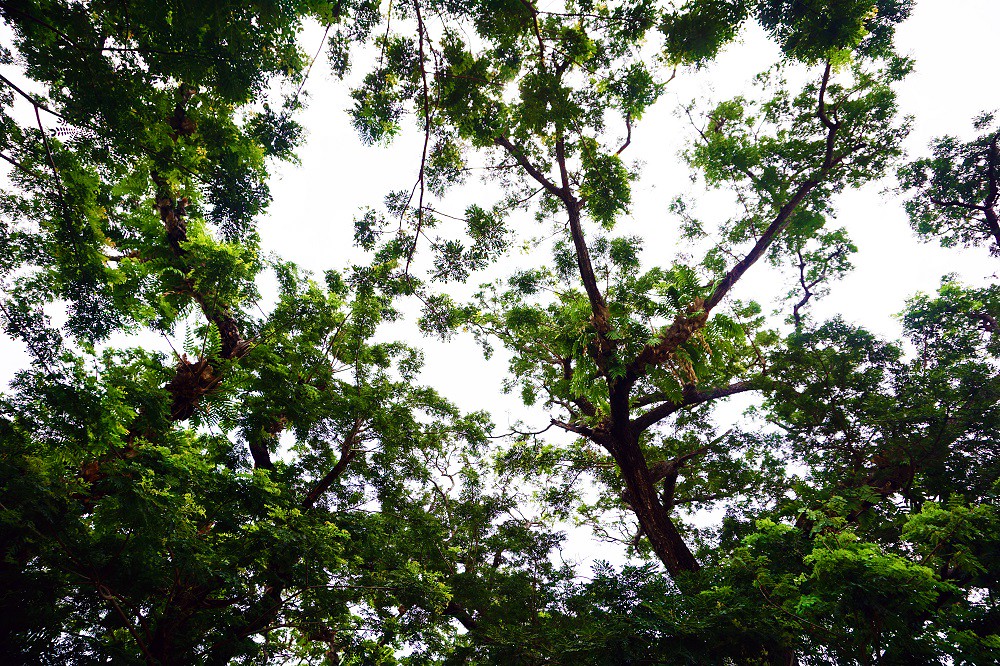
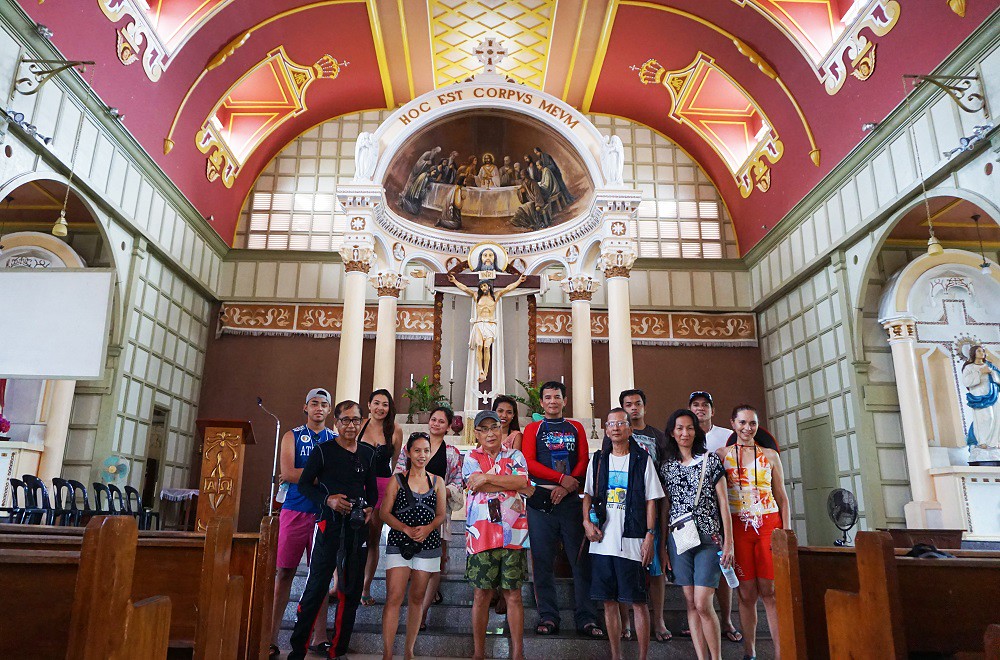

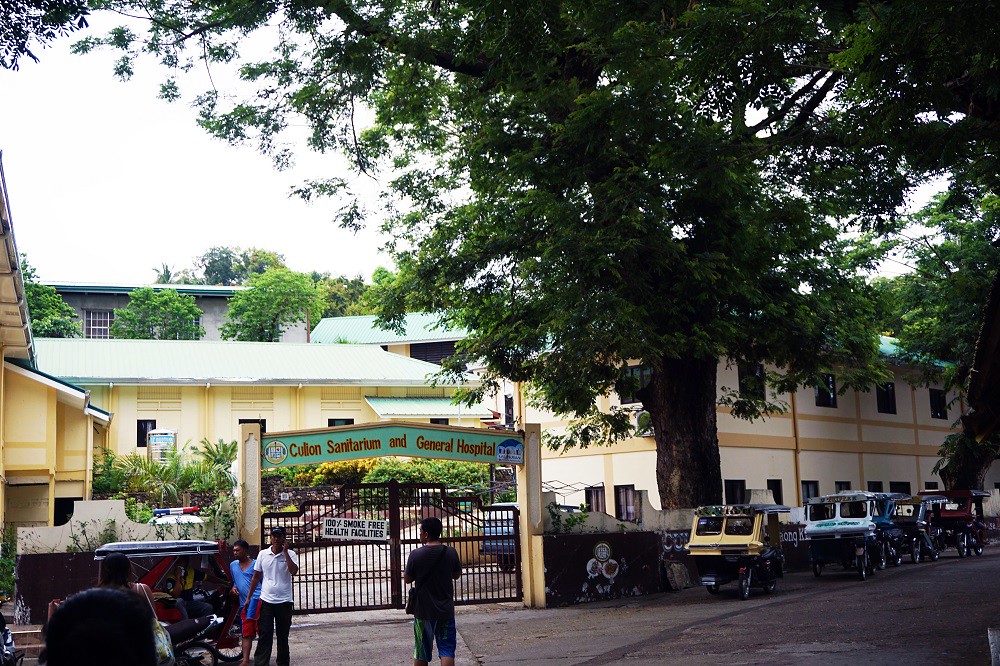
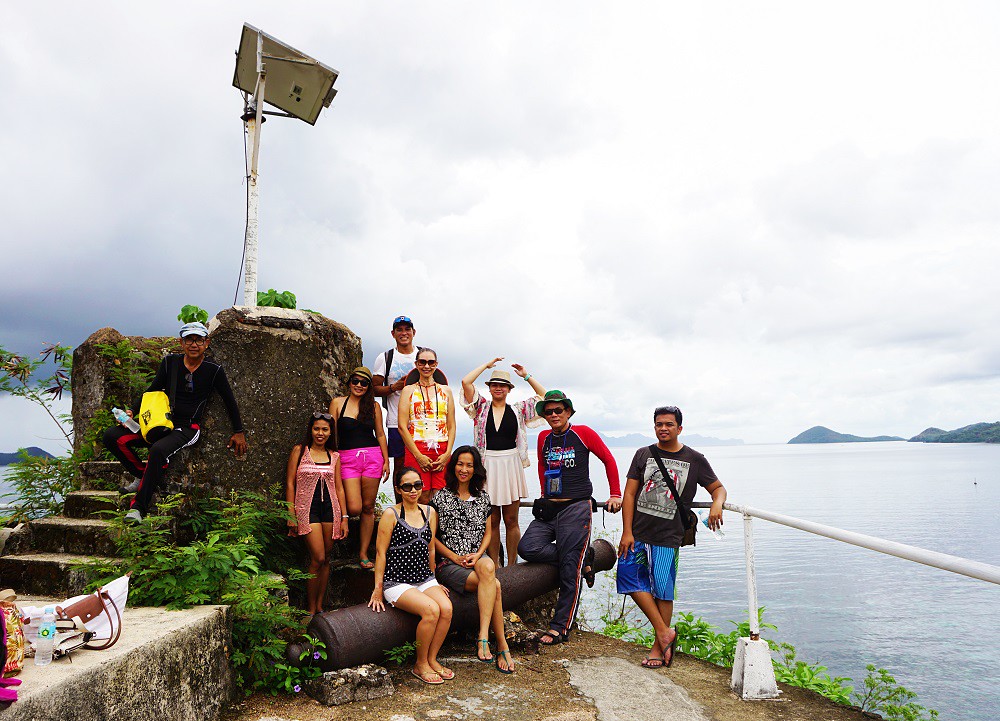
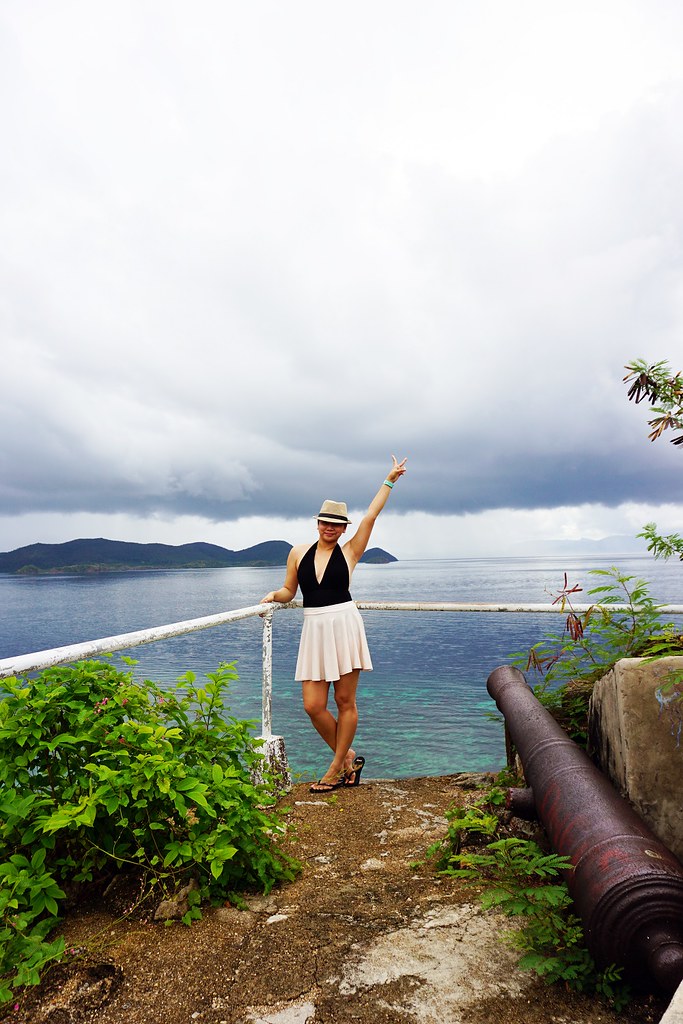
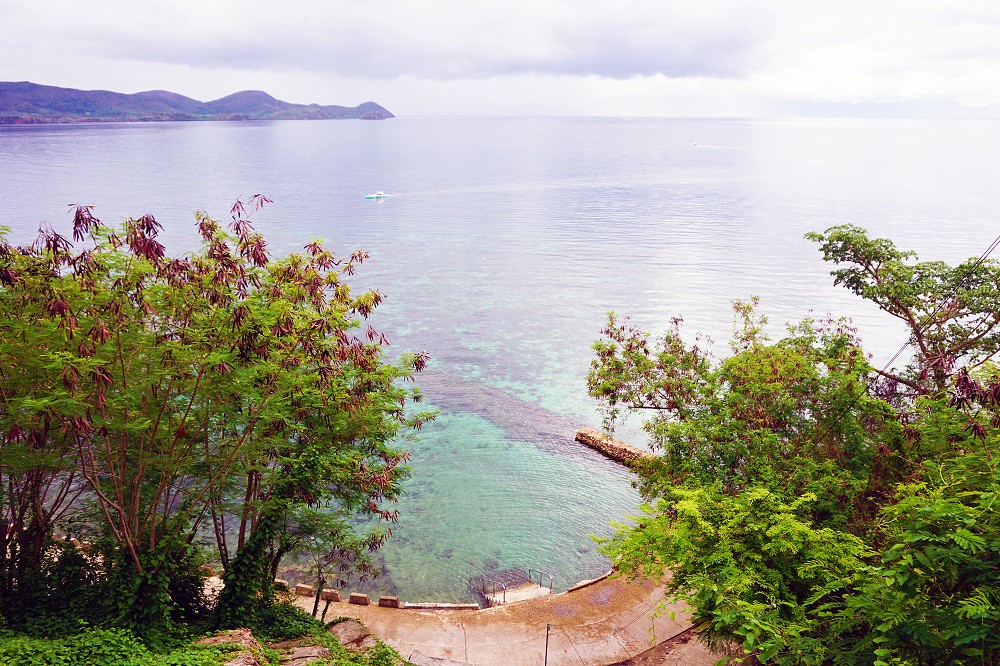
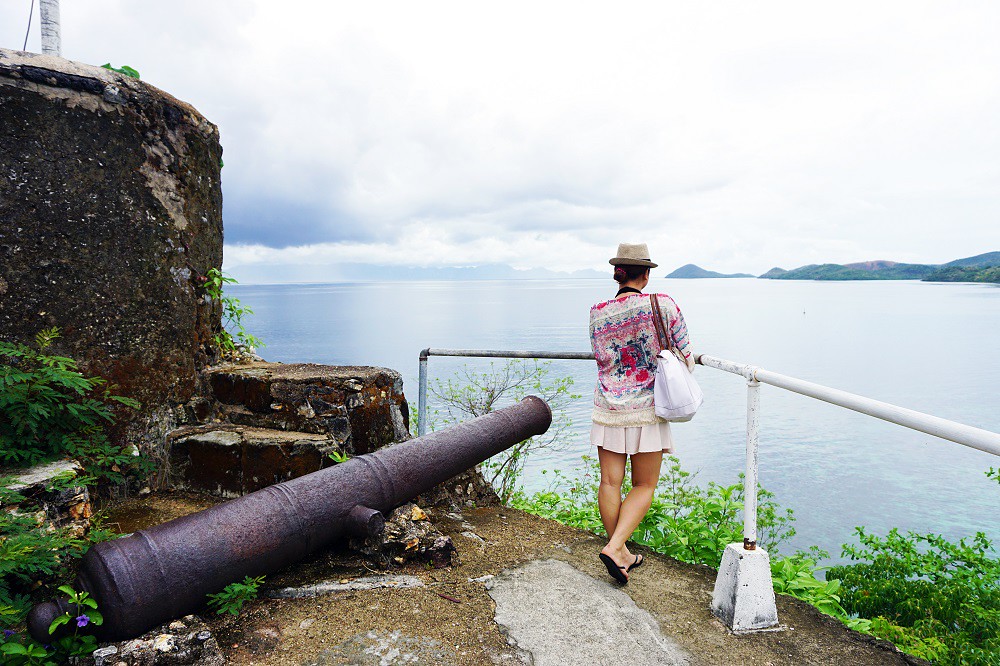
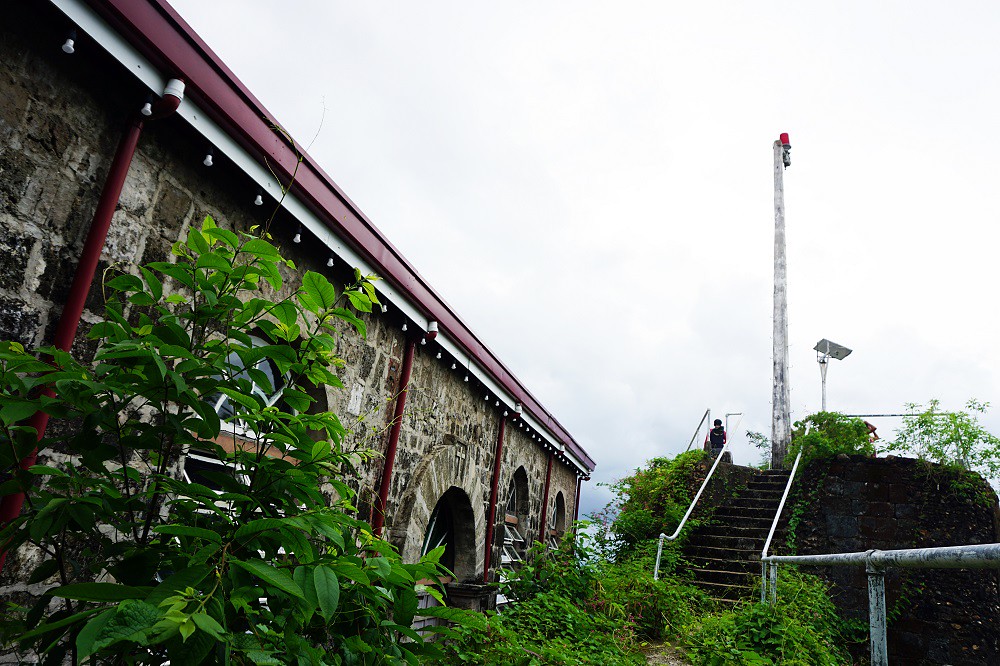
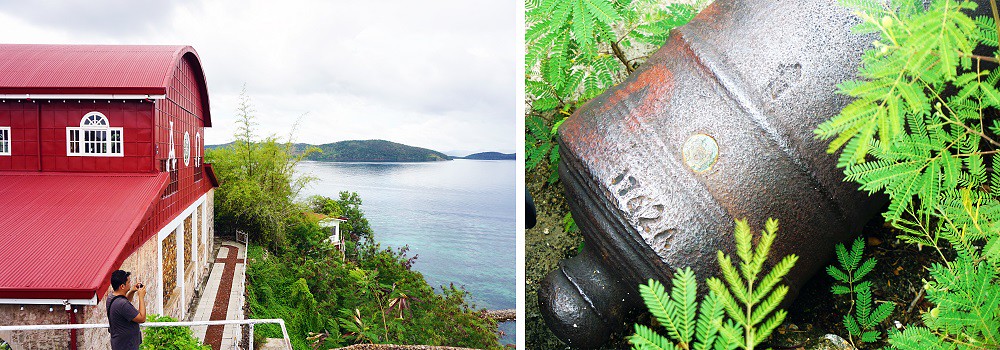

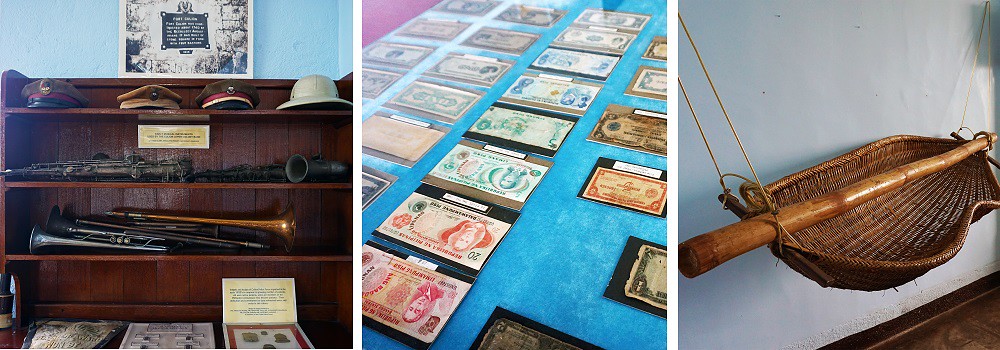
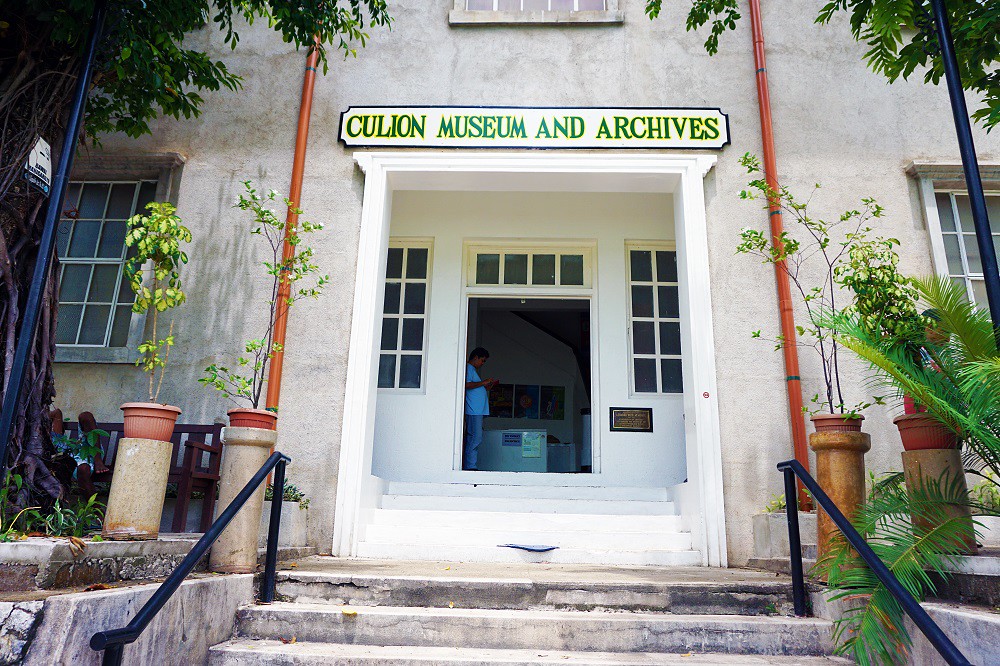
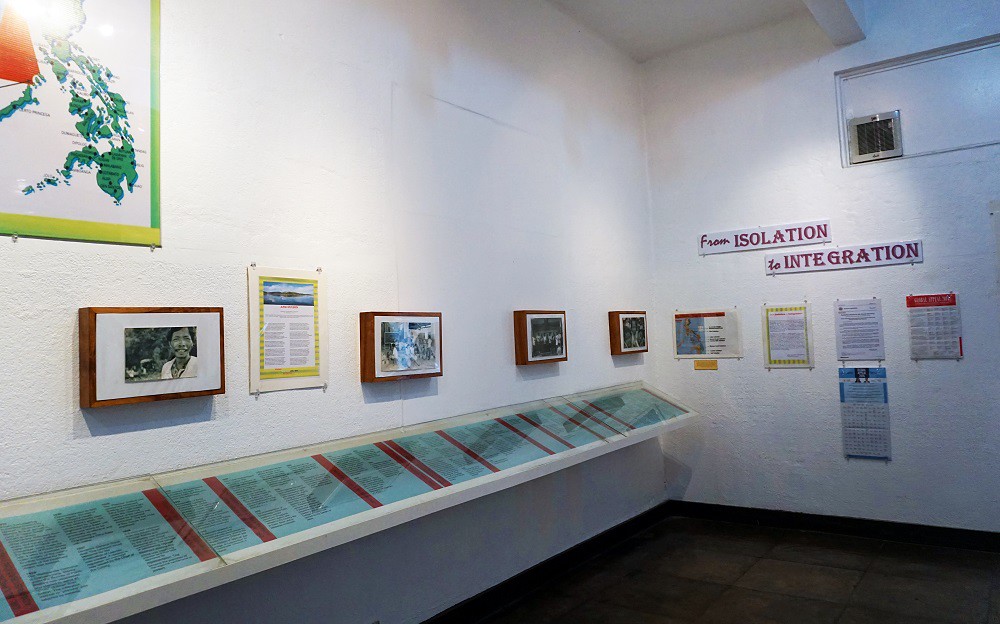
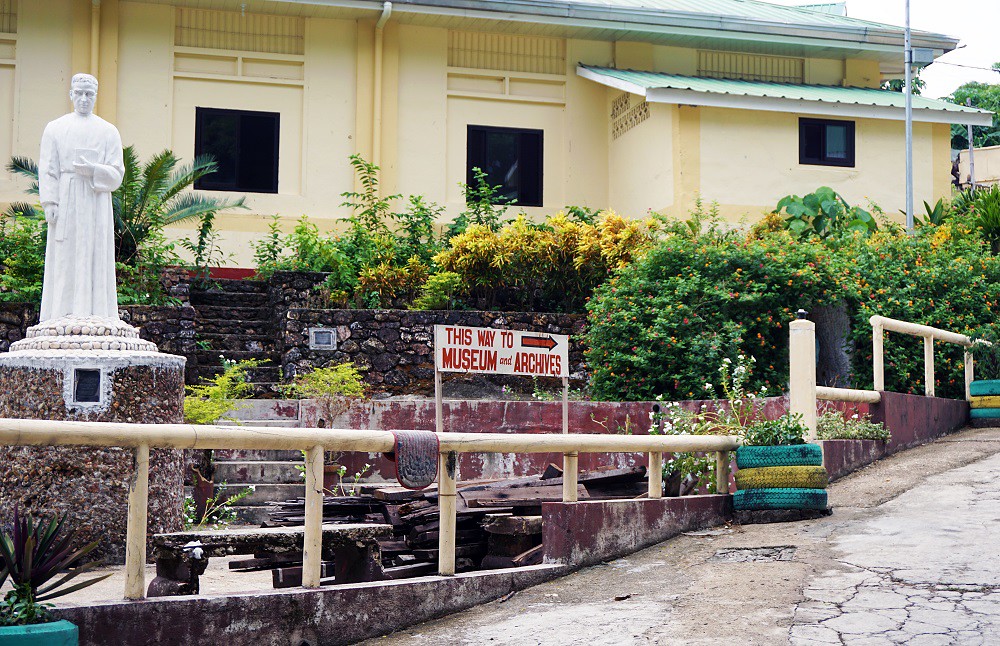
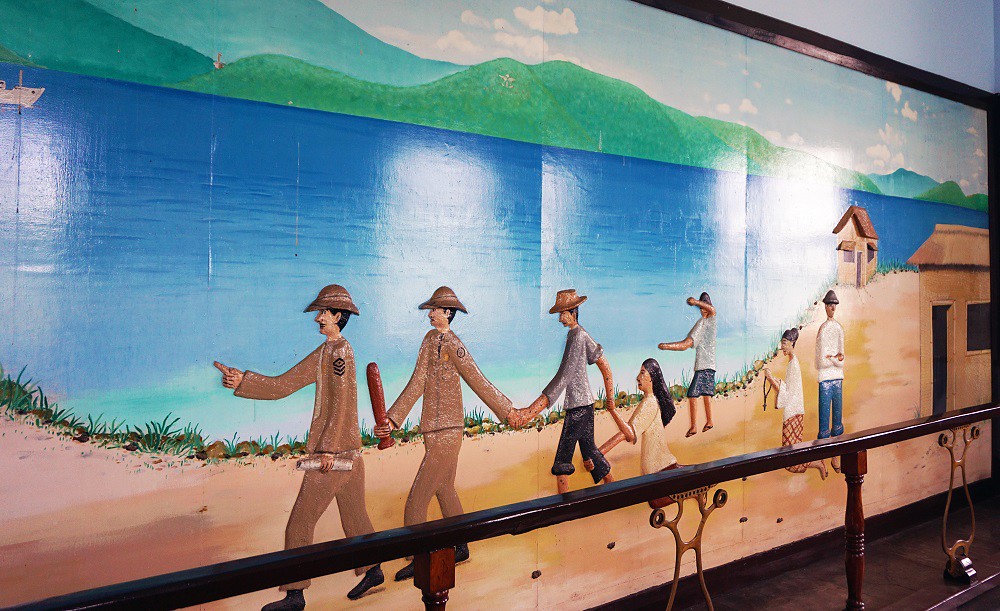

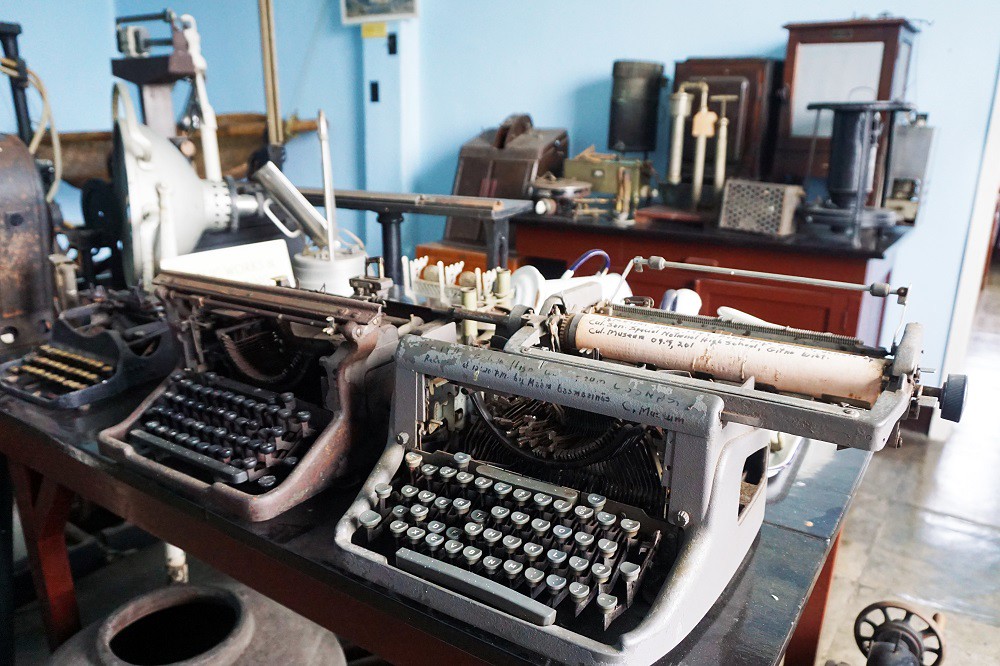
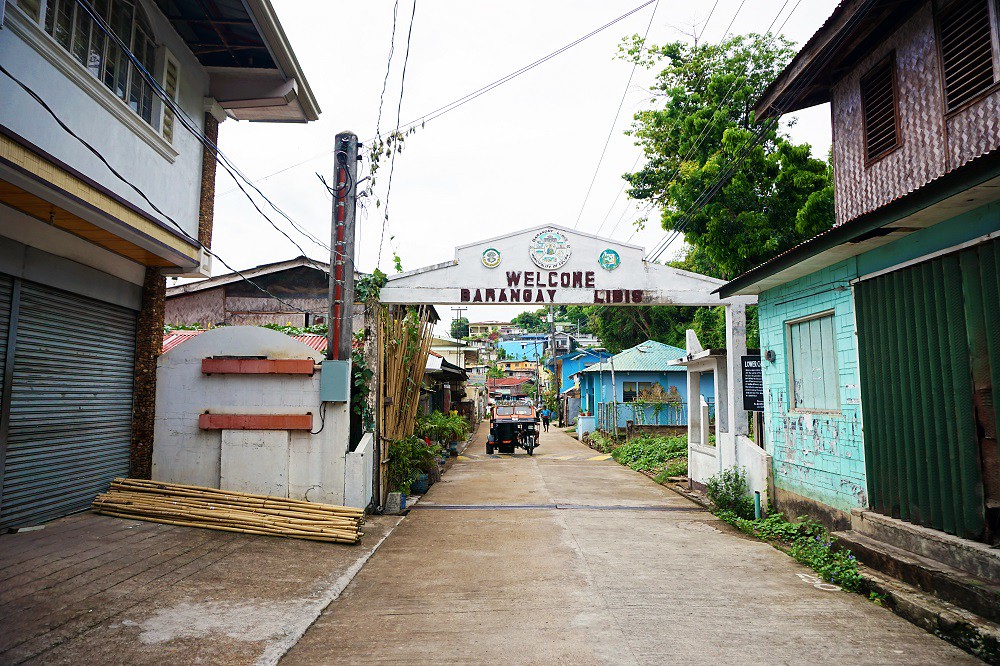
How to get there?
Culion is a 1 ½ hour ride via a motorized boat from Port of Coron.
Drop off at Tabing Dagat Lodging House and Restaurant then ride a tricycle going to these three tourist spots - The Church of Immaculate Conception, Fort Culion, and Culion Museum & Archives.
Fare is around P7 (…less than P10 per person; one way).
Culion Tourism Officer
Contact No.: +63921 394 7106 (Look for Pastor Hermie Villanueva)
E-mail: herme_1670@yahoo.com.ph
Contact No.: +63921 394 7106 (Look for Pastor Hermie Villanueva)
E-mail: herme_1670@yahoo.com.ph
------------------------------------------------------









.jpg)
.jpg)
.jpg)


Post a Comment